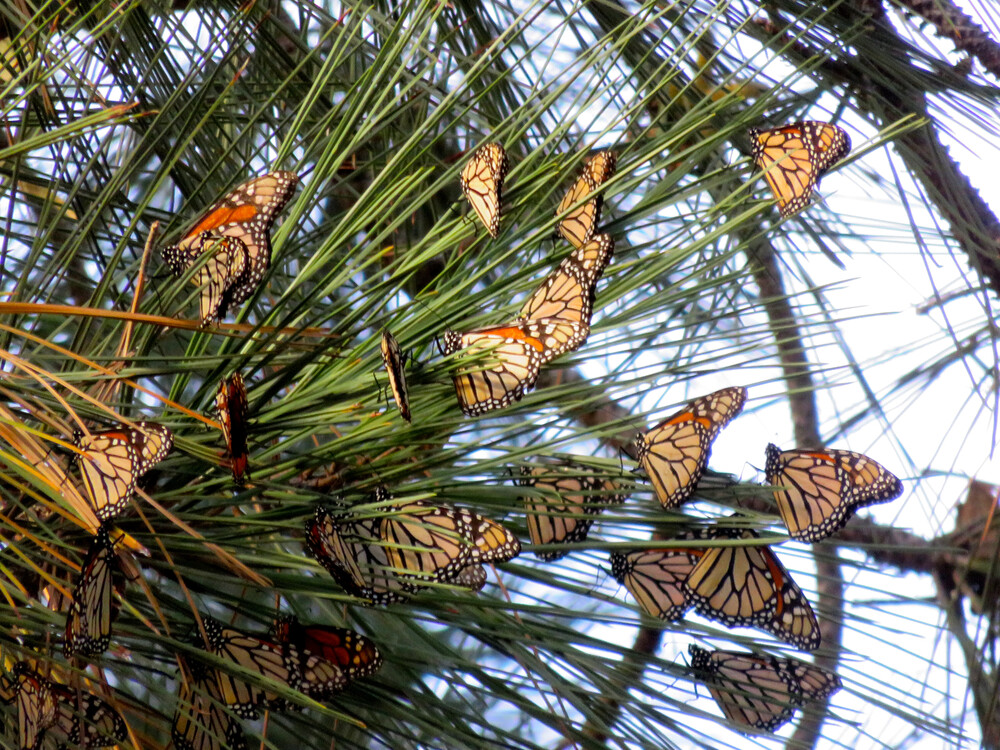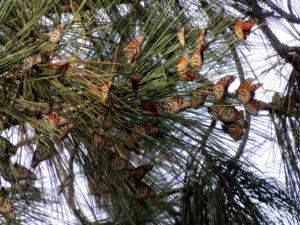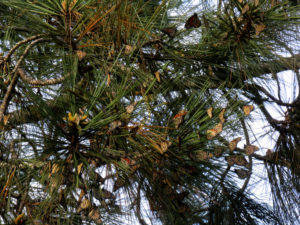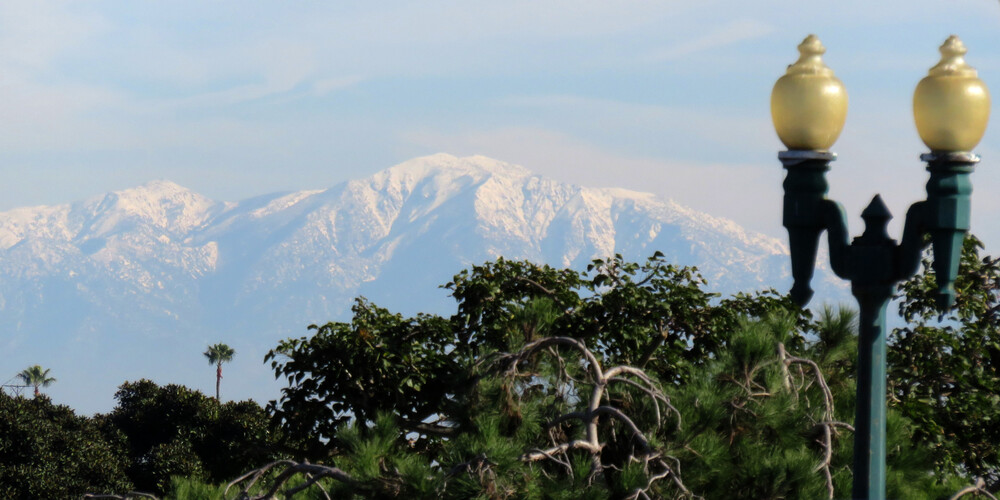It’s theoretically possible that I picked up a cold in the middle of a surge in a highly-transmissible virus that, in people who have been vaccinated and boosted, has exactly the symptoms I have, and started about a week after a possible exposure.
It could happen. [Edit: apparently it did. See the update below.]
But we all know what William of Occam would say about that.
(No, this is not a good time to reread Eifelheim.)
Anyway, we had a possible exposure to Covid-19 last week. With the winter+omicron surge, we couldn’t get any at-home tests at all, let alone enough for three people. So we booked the first drive-through testing appointment we could get, which was still a week out.
We’d already planned a low-key Christmas at home with a family Zoom call, and we haven’t resumed going out places anyway. We’re still doing most of our shopping by store pickup or curbside pickup.
None of us came down with anything over the next week…
But this morning I woke up late, still fatigued, hoarse, with a runny nose and brain fog.
Well, that probably answers that question.
It was a self-administered drive-through test at a pharmacy, the kind where they pass the kit to you through a sliding drawer under a closed window, you swab your nostrils and put the swab in a collection vial, and pass it back through the drawer. Minimal air transfer. There were only two cars ahead of us, but it took almost half an hour to get up to the window (probably because one or both of them were also doing covid tests), and about 15 minutes to check us all in, send the test kits over, do the test, and send it back.
It was late afternoon when we got back. Between lunch and getting back from the test, my senses of taste and smell went wonky. I could barely smell the orange I picked up. I tried a chocolate chip cookie, and each bite started off tasting like a plain cracker, then picked up the chocolate taste as I chewed it.
So, yeah, looks like I’m ringing in the new year with Corona. Here’s hoping I’m the only one of us who gets symptomatic.
In a sense, though, this is the best time it could have hit us over the last two years. The world knows a lot more about how Covid spreads and how to treat it. There are treatments that didn’t exist two years ago. And vaccines! The three of us are all recently vaccinated or boosted, which makes a huge difference in chances of getting a severe case to begin with. Because of that, we’re more likely to have caught the variant that’s good at evading immunity, but comparatively mild when it does. And since we were all exposed at the same time, there’s no point in trying to isolate from each other. One of the lessons we learned when I came down with the flu at the start of all this was that it would be really difficult to properly isolate just one of us in this place.
So, um, happy new year?
Update Jan. 1
All three of our tests came back negative. So I don’t know what I have, but apparently it’s not COVID?
Time to re-apply Occam’s razor with new information.
- We were all exposed to someone who came down sick the next day.
- I have symptoms consistent with an Omicron breakthrough infection in someone who has been both vaccinated and boosted.
- Katie and the kid have both had a few odd things happen that, in retrospect, might be illness-related or might not be.
- All of us tested negative.
So:
- All three tests being false negative seems very unlikely.
- Mine could be a false negative, and both of them fought off the virus without noticeable symptoms, and legitimately test negative now.
- Or all three tests are accurate and I really did manage to catch something else in the middle of a surging wave of a covid variant matches my symptoms.
Weirdly enough, I’m kind of disappointed. I’ve been waiting for the other shoe to drop for almost two years and thought it finally had, and dropped in a way that would do minimal damage to the three of us.
Since I’m definitely sick with something, I’m still going to isolate. Just to be sure.
Update Jan. 6
It turns out the person I caught it from also tested negative for Covid during their illness…and then came down with actual Covid after they recovered. Fortunately they seem to be on the mend from that now too.
That means (a) whatever I caught from them wasn’t Covid and (b) we haven’t been around them in long enough that we don’t have to worry about it having been a Covid exposure too.




